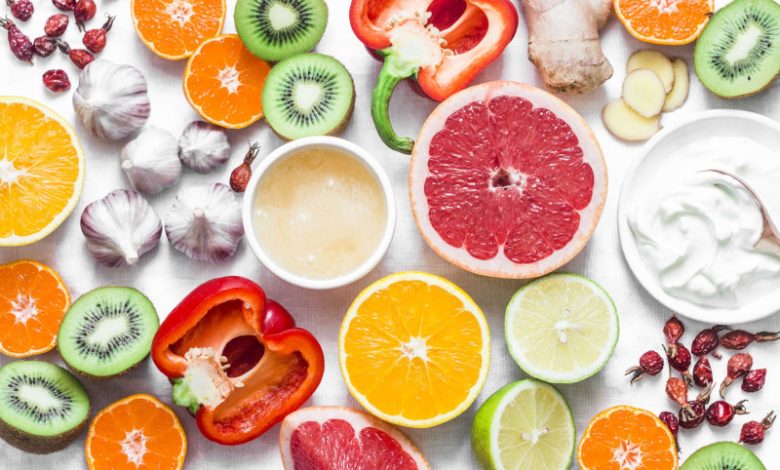Foods and Drinks for Salt Therapy The body needs sodium to survive. It regulates the amount of water in and around the cells, but they don’t need a lot of it. Because the increase in salt resulting from eating too much sodium leads to many serious health complications. Table salt is made up of about 60% chloride and about 40% sodium, and all unprocessed foods like vegetables, fruits, nuts, meat, whole grains, and dairy products are low in sodium.
Food and drinks to treat salts
The salt we eat helps to relax and contract muscles, stimulates nerve impulses, and balances the minerals and water we eat, but excessive salt intake leads to an increase in the percentage of salt in the body, which leads to stomach bloating, high blood pressure, body bloating and weight gain. There are many drinks and foods that help reduce the percentage of salt in the body, and we review them together in the following lines on my site:
1- Drink plenty of water
The kidneys play a vital role in eliminating toxins, so drinking plenty of water helps flush out excess sodium through urine. If you have eaten a high-salt diet, you should drink at least 12 cups of water at regular intervals in a 24-hour cycle. hour.
2- Eat fruits and vegetables rich in water
Eating vegetables and fruits that contain a high percentage of water helps reduce the percentage of salt in the body, so be sure to eat apples, lettuce, strawberries and peppers daily to reduce salt levels in the body, and choose oatmeal mixed with plain yogurt, fruit juices and low-salt soups; To increase fluid levels and help the kidneys get rid of salts.
See also: Therapeutic benefits of hot pepper
3- Eat foods rich in potassium
Potassium plays a vital role in maintaining fluid balance in the body. Eating foods that contain potassium can help control blood pressure. By reducing the effects of sodium and helping to remove it from the body, these foods include potatoes, avocados, baked potatoes, bananas, leafy green vegetables such as spinach or Swiss chard, and dairy products such as buttermilk or milk, beans and lentils. The American Heart Association recommends that most women get 2,600 milligrams of potassium per day, and men get 3,400 milligrams per day. As you age, your body has more difficulty removing potassium from the blood, which is a mineral to watch for people with kidney disease, so try to get potassium from food sources rather than supplements.
Tips to maintain the level of salts in the body
To keep the level of salts in the body under control, follow these tips:
Eat fresh meat instead of canned meat.
When you buy frozen vegetables, choose “fresh frozen” ones, and stay away from those with added seasonings or sauces.
Read labels and check the sodium content of the foods you buy.
When choosing seasonings, choose those that do not list sodium on the labels.
Cut down on sports drinks. They contain a lot of sodium, so you can only drink them if you do a long workout (1 hour or more), or if your doctor recommends it; To help you fight dehydration caused by illness.

